Worsening skill shortages will be “the challenge of the decade” for Australia’s under-pressure construction industry, according to Arcadis’ 2022 International Construction Costs Index, which ranks the relative cost of construction in 100 cities.
Construction job vacancies have increased by a massive 80 percent since late 2019. It is forecast that by 2023 there will be more than 100,000 unfilled roles in the sector, which will be almost 50 percent greater than the number of people who are expected to be qualified to fulfil them.
Construction is among the most male-dominated and homogenous workforces in Australia, but to address chronic labour shortages, this is going to need to change, and fast! The industry needs committed and talented people from all backgrounds, cultures and genders.
Women in construction
Many sectors are sprinting towards gender equality but construction is still lagging behind. Construction remains one of the most male-dominated industries around the world, with female participation remaining stubbornly sluggish since the 1990s, at around 12 percent in Australia.
The National Association of Women in Construction (NAWIC) has a goal for women to make up 25 percent of the industry by 2025. Women currently only make up 13 percent of the building and construction industry's workforce and, of those, only 2 percent are in trades. The other 11 percent of women work in administration and support roles.
This year the Victorian government introduced gender mandates for publicly funded construction projects valued at $20 million or more. The New South Wales government has announced funding to help increase the number of women in construction. There's also Women Building Australia — which is a joint project by Master Builders Australia and the federal government — that provides mentoring and other training and support.
Aboriginal and Torres Strait Islander people in construction
According to the Australian Bureau of Statistics (ABS), the construction industry saw the largest growth in jobs for Aboriginal and Torres Strait Islander people during the period from 2011 to 2016. Since then, government Mandatory Minimum Requirements (MMRs) have also helped to increase the target of 4% Indigenous participation in industry, which is even higher for remote areas.
MMRs are targets for Indigenous employment and supply use that are included in all Commonwealth procurement contracts that are wholly delivered in Australia and are valued at $7.5 million or more. The MMRs create Indigenous employment and subcontracting opportunities. Through its role as a purchaser, the Commonwealth is influencing private sector practices. Ultimately, every significant Commonwealth supplier should have a clearly articulated and measurable approach to employing Indigenous Australians and using Indigenous businesses.
Increased migration
Skilled migration has always been a huge part of construction, but the pandemic years have halted the steady influx of workers and industry is now calling on the Australian Government to increase immigration quotas.
A recent survey by AI Group found that 73 percent of Australian businesses expected to have difficulty in finding and retaining skilled labour in 2022. While the target of 160,000 permanent migrants was met in 2020/2021, only half were in the skilled stream, a significant reduction from the usual 70 percent. A boost to both the migration cap and skilled worker quota will be essential to the recovery of Australian businesses in the post-pandemic world.

